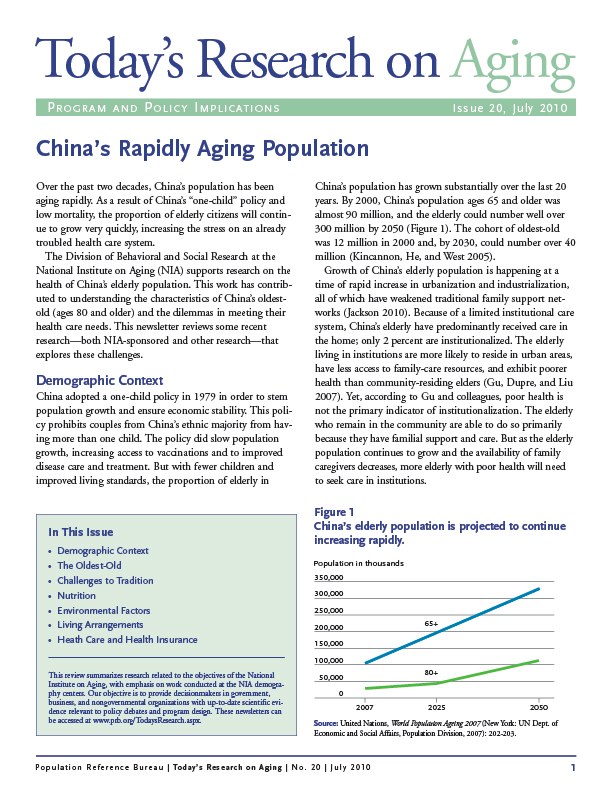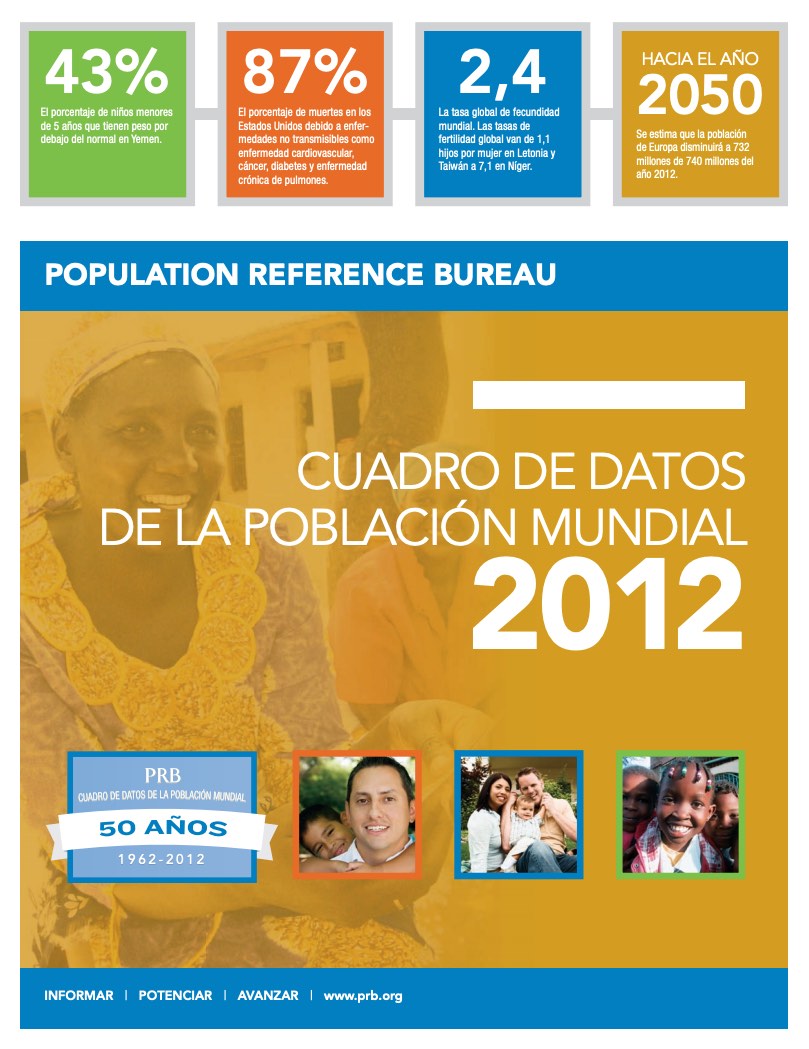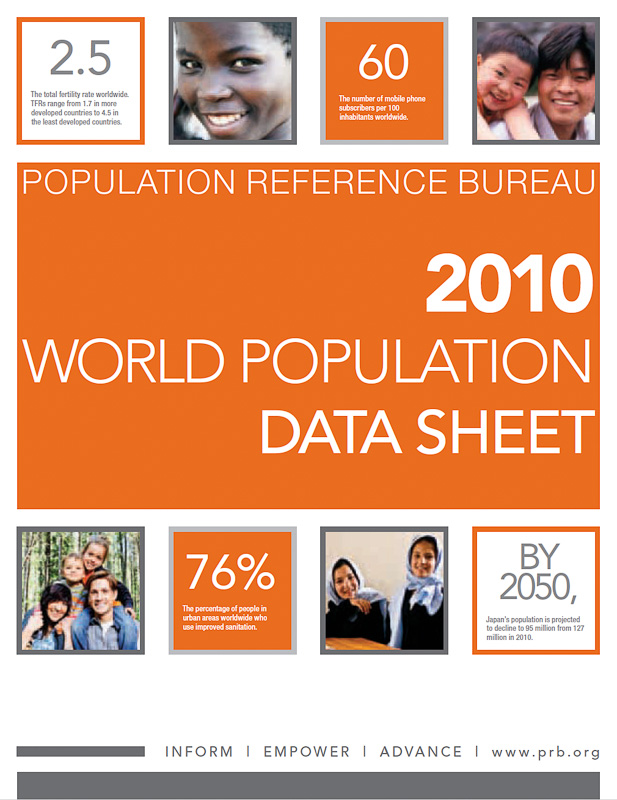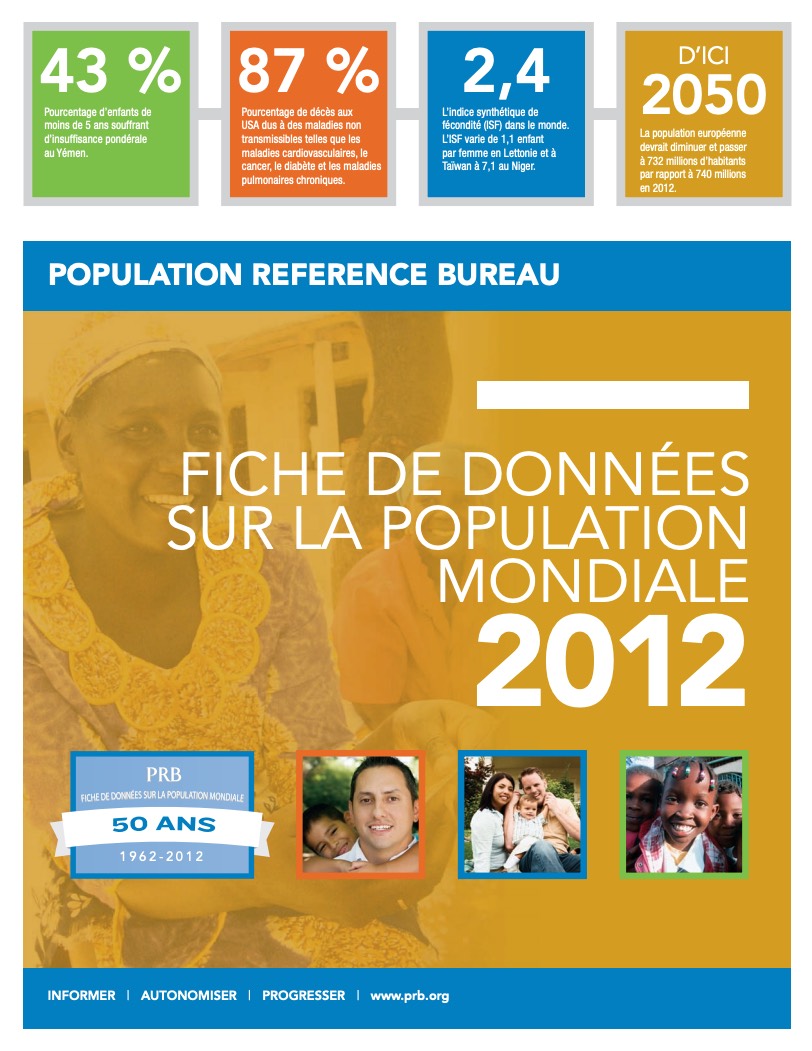Project: Demography and Economics of Aging and Alzheimer’s Disease
China’s Rapidly Aging Population
Over the past two decades, China’s population has been aging rapidly.

Project: Demography and Economics of Aging and Alzheimer’s Disease
Over the past two decades, China’s population has been aging rapidly.
Nearly all future population growth will be in the world's less developed countries, and the poorest of these countries will see the greatest percentage increase.
(2004) Within the next few years, the U.S. population — currently estimated at 293 million — is expected to reach twice its 1950 level of 151 million.

Nearly all future population growth will be in the world's less developed countries, and the poorest of these countries will see the greatest percentage increase.

Many countries are facing a shrinking pool of their working-age populations, often considered to be ages 15 to 64, to support the population ages 65+, jeopardizing pension guarantees and long-term health care programs for the elderly.

This International Women’s Day, we’re looking at the impact of unpaid care work on women and girls and the global economy—and how PRB and CREG are helping address this urgent issue.

Nearly all future population growth will be in the world's less developed countries, and the poorest of these countries will see the greatest percentage increase.

En cette Journée internationale des femmes, nous examinons l'impact du travail de soins domestiques non rémunéré sur les femmes et les filles, ainsi que sur l'économie mondiale, et comment PRB et CREG contribuent à la réflexion sur cette question urgente.